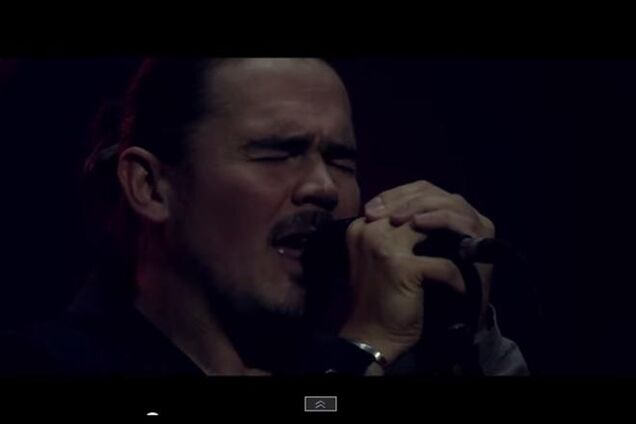Uchebnik Elena Romanenko Kazahskij Yazik
Contents • • • • • • • • Biography [ ] Elena Kagan was born to a family in the Belarusian town of. The family later moved to. At the time of the, she studied philosophy at the. She wanted to join the battlefront, but she was sent to work in a munition factory and later studied to be a nurse.
However, her knowledge of German led her to be transferred to a school for war interpreters. In February, 1942, she joined troops and in the following months, she moved together with the army throughout and to the West. Berlin 1945 [ ] From February, 1945, she worked in.
At the end of April, 1945, she was transferred to Berlin. Her troop became a part of the, responsible for the attack on the. The Soviet troops captured the Reich Chancellery and the subterranean on 2 May. The corpses of and his wife were found and identified, and a subsequent report about it was openly publicized.
Read 17 publications, 1 question, and contact Elena Kantorowicz-Reznichenko on ResearchGate, the professional network for scientists. Elena Kantorowicz-Reznichenko, 'Day Fines: Reviving the. By Selezneva Elena Vladimirovna (Author) Be the first to review this item. See all 5 formats and editions Hide other formats and editions. Amazon Price New from Used from Paperback 'Please retry' — CDN$ 26.69 — Paperback from CDN$ 26.69.
Sound blaster x fi drivers windows 10. This apparently outraged Stalin, who immediately ordered to keep secret all records related to the search for Adolf Hitler. The contacts with the press and photographers were banned and the information was sent directly to Stalin. • Parfitt, Tom (9 May 2005)..

Retrieved 17 April 2012. • ^ Šiška, Miroslav (17 April 2012). (originally ).
Retrieved 17 April 2012. • Ainsztein, Reuben (April 1967). 'How Hitler Died: The Soviet Version'. 43 (2): 307–318.. • (10 October 2009).. Retrieved 21 April 2012. 195 • Parfitt, Tom (8 May 2005)..
Retrieved 17 April 2012. 198 • According to historian,, the bodies of Braun and Hitler were fully burned when the Red Army found them, and only a lower jaw with dental work could be identified as Hitler's remains. Kershaw, Ian (2008).
Hitler: A Biography, p. 256-261 •, pp. 262-265 • • Joffe, Lawrence (2017).
Jewish Quarterly. 64 (2): 74–76. • (Russian) •. ELKOST (International Literary Agency).
Retrieved 22 April 2012. • References [ ].